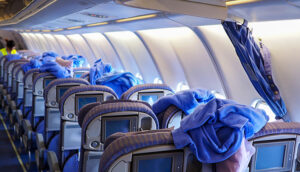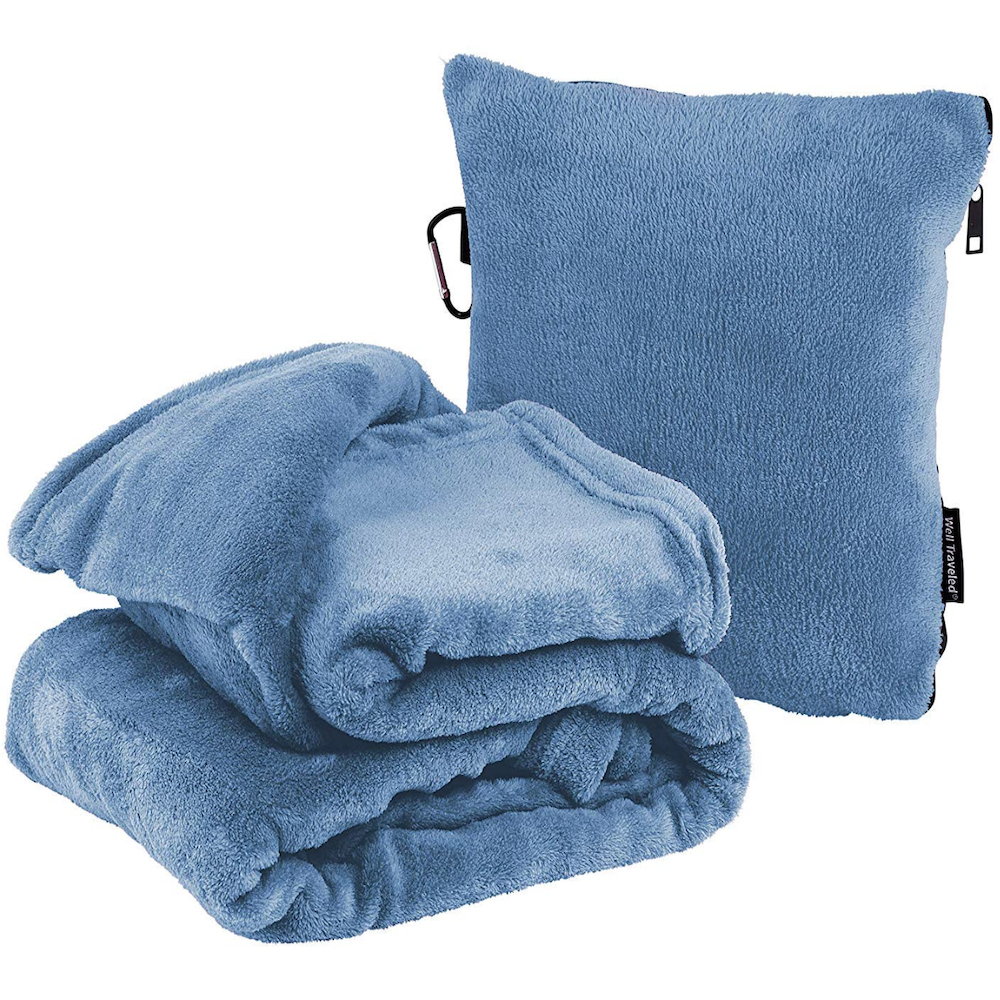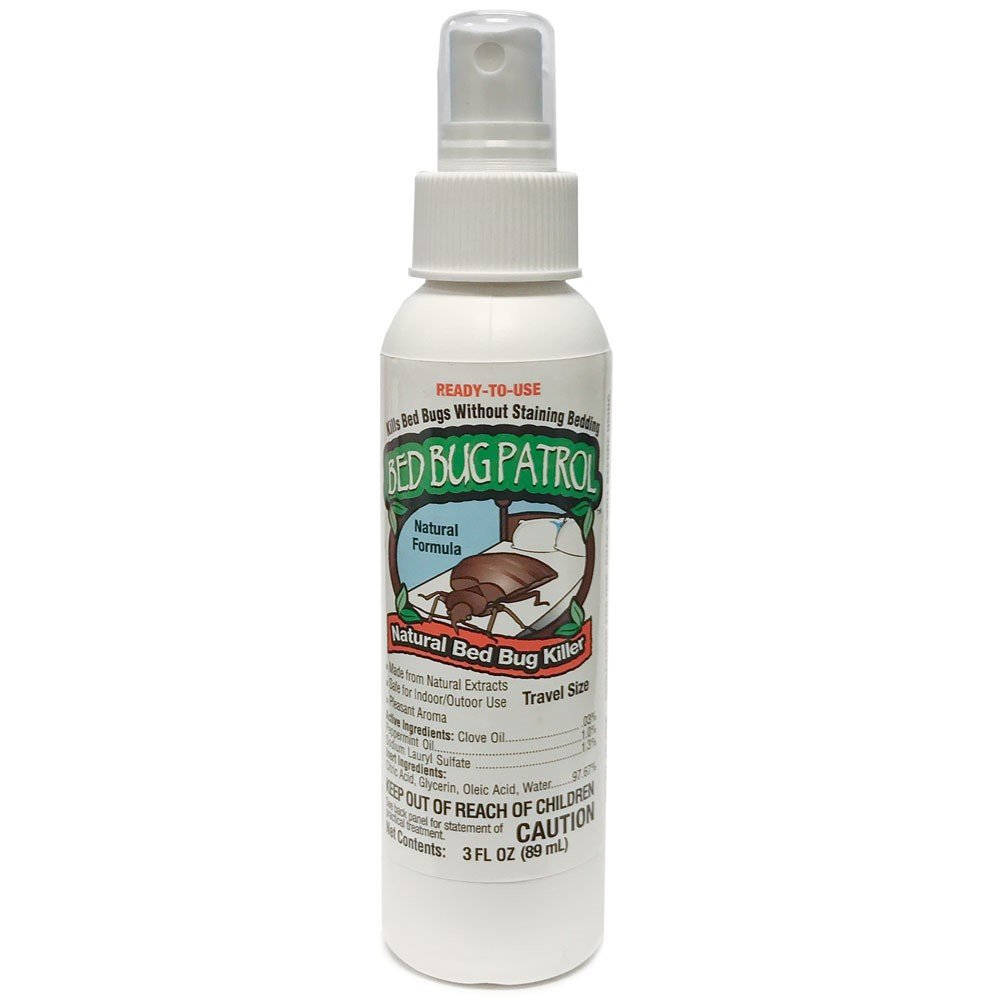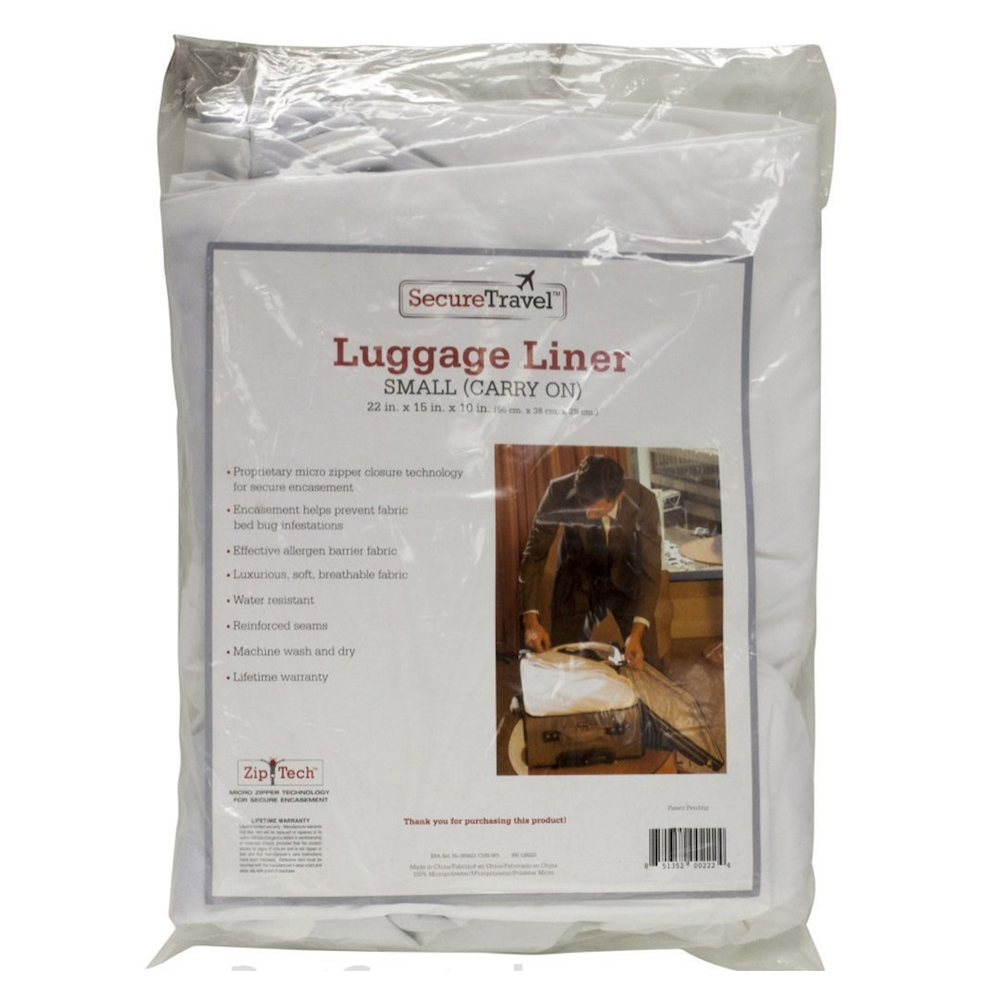I’ve got a bit of bad news. Even though they’re called bed bugs, the nasty little critters don’t actually need a bed to call home. While the vast majority are found in untidy rooms and mattresses, these bloodsuckers have taken their show on the road. The boldest biters have even leeched their way into upper-class cabins.
On a 2018 flight between New York and Mumbai, one business class passenger even tweeted out pictures of bedbugs onboard, leading to the temporary grounding of two Air India planes.
Even worse, customers on a 2017 British Airways flight reported seeing bed bugs creep out of their seatback screens like a scene from a horror movie. If that's not enough to make your skin crawl, the nightmare these pests cause can ruin a trip even before you land and long after you’ve made it home. For flyers looking for a little reassurance that the unpleasant insects won’t bother them inflight, here are some helpful precautions for avoiding bedbugs on an airplane.
How to Spot Bed Bugs
If you’re unfamiliar with what bed bug looks like, think of a small reddish-brown oval-y shaped insect about the size of an apple seed according to the experts at Terminix. Still, spotting these suckers isn’t as simple as catching ants inching across the picnic blanket. Bed bugs are reclusive and nocturnal so odds are they’re tucked away in the crevices of the cushions. Much like vampires, they won’t come out to bite until night…or when the cabin lights dim. And that’s what makes these bloodthirsty buggers so tricky to discover. You might not notice them until after you've been bitten.
If you do spot a bed bug on your seat in plain sight, alert a cabin member immediately and let them assess the situation. Don’t ever sit down or place your bag near one, if spotted.
Related: The One Thing You Should Always Do On a Plane? Sanitize Your Seat
Avoiding Bed Bug Bites Onboard Airplanes
- Pick Daytime Flights
It’s not a surefire way to avoid these pests from hitching a ride on your clothes or your suitcase, especially if tucked away in a dark overhead bin. But since bed bugs are nocturnal, the likelihood of them coming out for a feast during the daytime is relatively lower.
- Choose the Right Seats
Aim for airlines with vinyl or leather seats. Planes with cloth and fabric upholstery make better breeding grounds for bed bugs. The less seams and cracks the better, as they offer fewer folds to hide in.
- Cover Your Seat
If you’re not sure what type of seats are onboard your plane or you want to avoid the germs left by the previous person in your seat altogether, opt for a sanitary seat cover like this one from Seat Sitters. Not only will it create a barrier against bugs, but they won't be able to bite through the fabric.
- Bring Your Own Pillow and Blanket
Do you know where those airplane-issued pillows and blankets came from before you boarded the flight? For sure, not. So, to take out the guessing work and catch Zzz’s more comfortably by bringing on your personal travel pillow and blanket like this set from Well Traveled that are guaranteed to be bug-free.
- Disinfect the Danger
We've talked about all the health benefits of sanitizing your seat but doing so can also help kill any bed bug babies or eggs in seatback pockets and cracks. These travel-sized Lysol wipes are perfect for the job.
- Bring the Right Baggage
Reduce opportunities for bed bugs to set up shop by traveling with hard-cased luggage like this top-rated carry-on from Away. Because these pests prefer fabrics, shell suitcases with no creases to hide are best for combatting these critters. For added awareness, buy a bag that is lighter in color so you can quickly identify an insect trying to hitch a ride. If you’re happy with the luggage you already own, adding another layer of protection like this bed bug proof liner can put you further at ease.
- Dress to Get Noticed
Similar to baggage, lighter colored clothing with less excess fabric, and form-fitting clothes make it easier to see a stowaway. Also, cover up. They can’t bite through fabrics to draw blood, so it’s exposed skin that's a bed bug buffet.
Related: Hard vs Soft Luggage: What Type of Suitcase Is Best?
What to Do if You Notice Bed Bugs After Your Flight
If you notice bites or bed bugs in or around your suitcase, whatever you do, don’t bring your luggage into your house. Place luggage and clothing items in sealed plastic bags to prevent an infestation from spreading. Isolate your belongings to a region where you can quickly remove items and wash and dry them in the highest possible temperatures. Make sure to check every nook and cranny of your garments, including zippers and folds.
Spraying affected items with this proven bed bug blasting spray can also help both before and after to prevent infestations for up to 90 days.
If you're not entirely confident you've eradicated all the bed bugs or continue to notice new bites appearing, treat them with this BugBiteDr relief oil and get on the phone with a pest control company pronto. The longer you wait, the larger the window for the creepy creatures to multiply, along with your problems.
Stay on top of breaking sales, fare drops, and more! Follow us on Twitter @Airfarewatchdog. And make sure to sign up for FREE alerts to be notified when prices drop.











